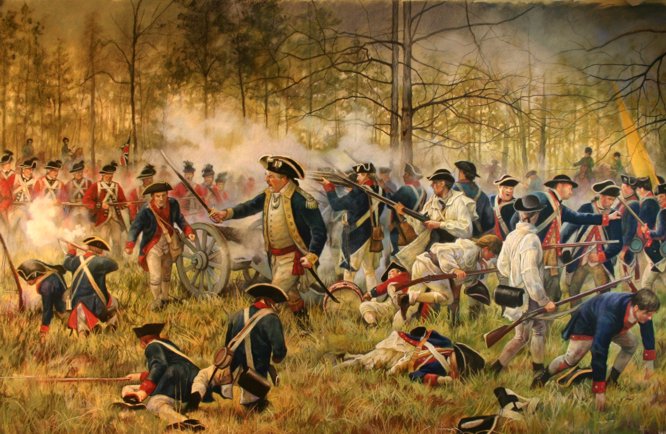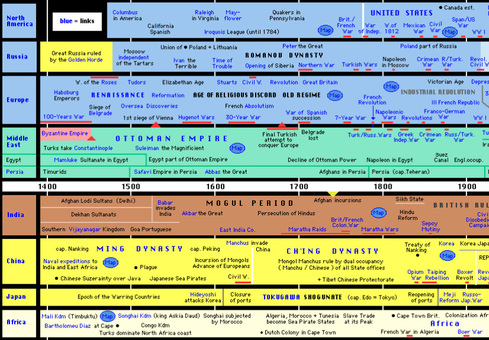Nationalism And Democracy
Throughout our bloody history, mankind has lusted after two things: Freedom & Power. Time and time again throughout our brief history, the weak have risen up in an attempt to over throw the powerful; The Athenian Rebellion to establish democracy, the slave revolts of Rome led by Spartacus, or perhaps Julius Caesar crossing the Rubicon. These revolts stood as a testament to mankind's need for freedom from the powerful. However, these revolts were difficult up until a time period known as "The Industrial Revolution' which gave many revolutionaries the tools they needed to succeed in their quest for freedom. Starting in 1750 up until the early 1900's there was a long and successful string of revolutions around the world that all produced something amazing: Nationalism. This bond that held countries together on the belief that their nation was the absolute best and had no equal. Throughout the world nationalism was strong; America, Britain, or France (Napoleonic Era), anywhere you looked nationalism was a growing craze. Specifically in the United States, this led to something truly revolutionary, a system of democracy that could govern over large territories like the continental U.S. Nationalism was a necessity for nations during the industrial revolution and the years that followed. It created an sense of unity during a time plagued by dangerous work conditions and uncertainty, it allowed the governments of the world to remain in control throughout the chaos and maximize their respective nations growth. However, that's not to say nationalism didn't have its downsides, most notably by increasing animosity between nations. In the United States alone, it could be argued that the rise of nationalism led to the war of 1812 and the Spanish-American war by boosting Country morale to a point of false superiority. All in all, nationalism and democracy had a positive impact on the world and the United State in particular.
Works Cited
http://www.fordham.edu/halsall/mod/modsbook17.asp
http://www2.sunysuffolk.edu/westn/nationalism.html
http://www.theatlantic.com/international/archive/2012/03/the-decline-of-american-nationalism-why-we-love-to-hate-kony-2012/254929/
http://www.foreignpolicy.com/articles/2003/05/01/the_paradoxes_of_american_nationalism
http://www2.sunysuffolk.edu/westn/nationalism.html
http://www.theatlantic.com/international/archive/2012/03/the-decline-of-american-nationalism-why-we-love-to-hate-kony-2012/254929/
http://www.foreignpolicy.com/articles/2003/05/01/the_paradoxes_of_american_nationalism


